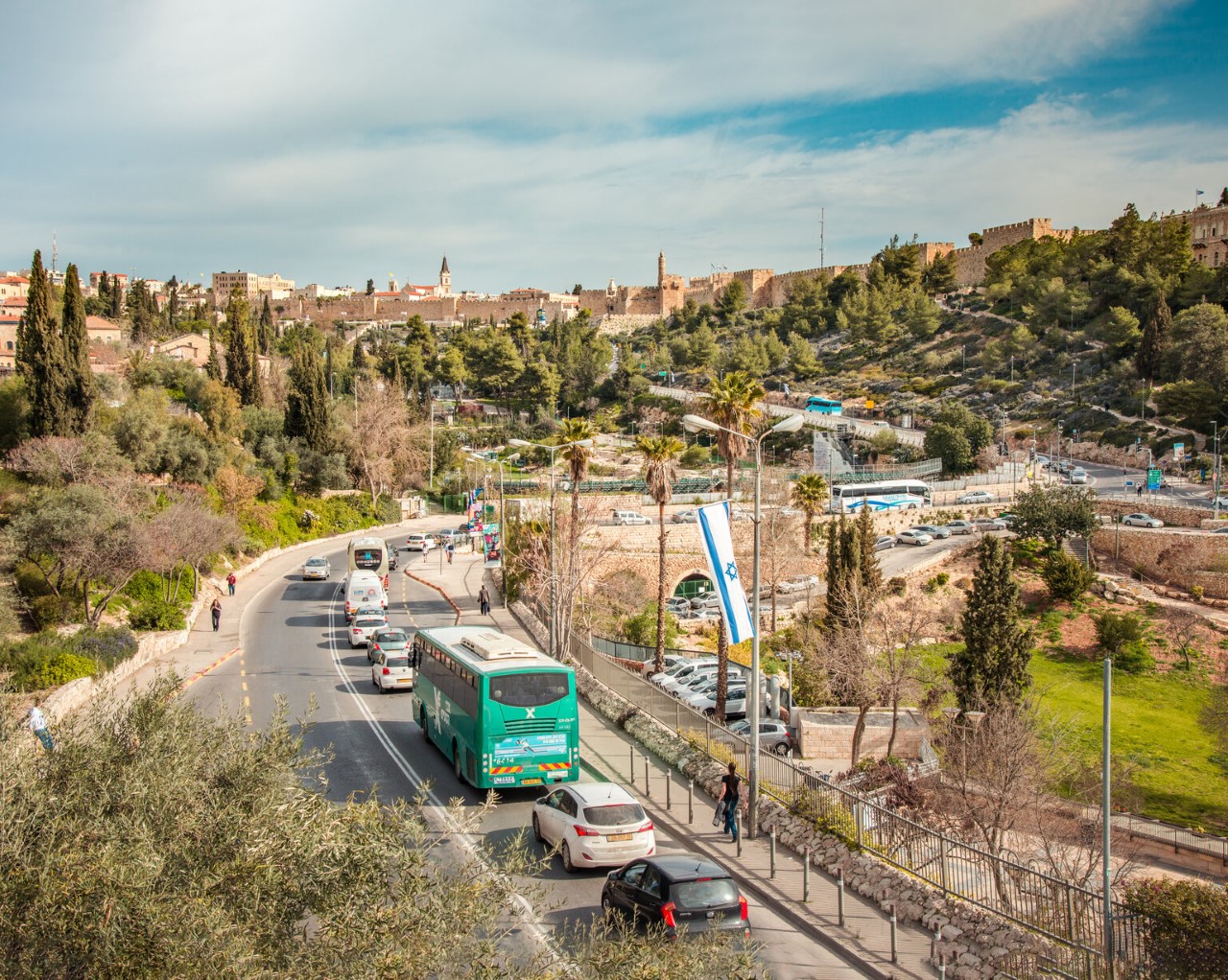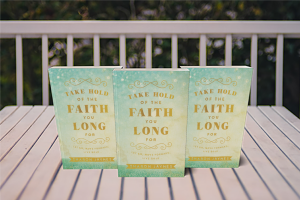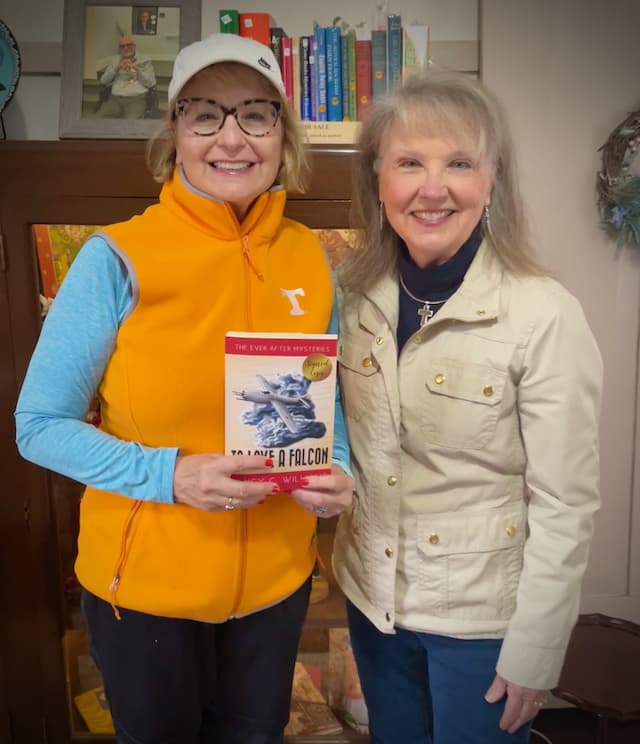Amazing Transformation of Ageless City on Full Display in ‘Jerusalem Rising’ Photo Book

In his first book, Israel Rising: Ancient Prophecy/Modern Lens, author Doug Hershey masterfully showed how God is restoring the land of Israel before our very eyes.
In his latest work, Jerusalem Rising: The City of Peace Reawakens, Hershey, along with photographer Edden Ram, take a historical and prophetic look at a city that is at the epicenter of prophecy from Scripture. Hershey and Ram draw from historic photos dating back to 1844 juxtaposed against those taken in the 21st Century to illustrate the amazing transformation of Jerusalem over the past 175 years.
I recently spoke with Hershey about why he draws inspiration from Old Testament prophet Zechariah in this new release and discuss some of the most striking changes in Jerusalem that have taken place since Israel became a nation in 1948.
This is your second book in the genre of photographic theme books. What was the catalyst for writing Jerusalem Rising as compared to your first book, Israel Rising?
During the Israel Rising photo shoots, we had chartered a helicopter. This was sort of back before people were using so many drones. Some of the aerial photos from Israel Rising were shot over Jerusalem. And it was just so striking to me that just flying over so much Biblical history and even modern events that I thought, this is such a significant people and significant city to so many people around the world. I just need to come back and focus on that one.
This is the follow up to Israel Rising. How is this book the same and how is it different from the first one?
It’s the second in a series that I’m starting called the “Ancient Prophecy, Modern Lens”. Israel Rising was focused on this ancient prophecy found in Ezekiel 36. While it’s similar to Israel Rising in that it’s still a then and now photo book. We take old photos, some as old as 1844, 1850s, 1860s of Jerusalem. We came back and re-shot the angles as closely as possible. It’s still following the same themes, providing visual evidence that prophecy is coming to pass in our day and in a way that we haven’t seen before. Part of the difference is that it’s solely focused on the city of Jerusalem. The ancient prophecy that we’re using is Zechariah 8, when God says, “I’m going to return to Jerusalem. The old men and old women will dwell in the streets again, and children will dwell in safety.” And so, the first book was really about focusing on the land and this one was focusing on the city of God.
As you just mentioned, the latest book draws inspiration from the book of Zechariah, while the first one was based on Ezekiel. How does Jerusalem Rising document the fulfillment of Zechariah’s prophecies?
It’s taking some of these old photos from 1844 through the 1850s, and viewing a city, a place, or a location based on what we see and applying our own understanding of history. Not a lot of people can realize, or at least visualize Jerusalem as a dump a 100 years ago, but it really was. It was kind of a wasteland of sorts.
Going back to the 1840s, we’ve got photos that are 175 years old in this photo book. In fact, one of the unique things about Jerusalem Rising is that it may very well be the first time that some of these old photos from 1844 were recreated. It’s also the longest span of time between an old photo and a new photo of 175 years. That’s impressive in that you don’t think of photography going back that far.
Fascinating. Sometimes people will say that’s great but like any city it looks better now than it did a hundred years ago. But there’s no other city on earth that has had its prophecy or its history foretold like this. What do you find to be some of the most striking changes in the geography, the buildings, and the landscape?
Just from being away from Israel for the last couple years during COVID, from what I’ve been hearing from close friends there, the building has continued. I’m expecting to see so much more change, everything from the archeological sites to modern history, but even more so with the people. The people are continuing to come back. With the current war between Russia and Ukraine, thousands of Jewish Ukrainians are starting to pour into Israel more and more. That’s probably one of the most striking aspects. Zechariah talks about old men and old women dwelling in safety, and children playing in streets. Never before have those things happened. There’s always been old men and old women in Jerusalem, of course, but to have this type of security, this type of economy, and a thriving culture, it’s really unique.
Is there anything from your travels around Jerusalem in creating this second book that you think readers might find surprising about that area?
I think some of the most surprising things is looking at some of these old photos from the late 1800’s and thinking that it cannot be the same city as what we’re seeing today. Things have revived in such a dramatic way after several hundred years of Jerusalems in decline. Mark Twain talks about it in 1867 as a sewer of a village. We have photos in the book that are actually older than some of Mark Twain’s comments that predate his travels by 20 to 25 years. And so when he’s saying things like this is a sewer village that has really lost all of its grandeur from Biblical history you take pause. You can look at the photos and realize that he’s right. He isn’t exaggerating. And to me, that’s one of the most striking aspects of what you find in the book. It isn’t so much the old and new comparisons, but just looking at these old photos is really stunning.
What makes Jerusalem so different from any other city in the world?
It’s the only place where God has said He’s chosen His name to dwell forever. It’s a place that He’s chosen as his home. And what’s really amazing about that is that there’s a historian by the name of Simon Montefiore who writes that there’s no earthly reason why someone would want Jerusalem. He says that it’s the desire of empires but has no strategic value. And it’s true. It was known even in Biblical times as a small mountainous town. It’s not on a trade route, there’s no major body of water nearby. So, there’s no real earthly reason why you would want Jerusalem. What makes it unique is God saying, ‘This is where I’ve chosen to place my name forever. This is where I’m gathering Israel together.’
I’m putting on my tourist cap now … if you had to pick one area of Jerusalem that you think is the most vivid, spectacular, and truly represents what that city is, where would that be?
For me, that would be the Temple Mount in the Old City. The Temple Mount was built over Mount Mariah, which going back to Genesis 22, is where Abraham was going to sacrifice his son, Isaac. And what’s unique about that, especially for believers, is that it’s the first time that the word love is used in the Bible. And it’s used in the context of sacrificing your only son whom you love. That’s in Genesis 22 and it happens on Mount Mariah. That becomes the location of the first and second temple. And really, all of Jewish life has kind of surrounded that since that time. So to me, it’s that Temple Mount area, the Western Wall area, that whole spot is really sort of the essence of Jewish life and a Biblical life.
After people have read and viewed Jerusalem Rising, what would you like your readers to take away from that experience? What’s your greatest hope for the book?
Sometimes, we kind of judge our own lives and judge the season we’re in by our jobs, what we do, and whatever communities we’re involved with. But we’re in such a unique speck of time in the history of the earth and the history of God. These are things that were written by the prophets 2,700 years ago that have never come to pass. And not only are they coming to pass today, they’re coming to pass in a way that we can document it and show that this is actually happening. I want my reader to come away with sort of a wow factor. Not just, wow, this is a really great book. But wow, this is an amazing time.
This is a profound time in history that’s happening right now in a way that I had never really considered before. Just the fact that there is any type of ancient prophecy from 2,700 years ago that’s being accurately foretold is simply amazing. What’s happening right now down to the detail alone is stunning. To able to document that in a way that I can show you in Israel Rising, over a hundred photo comparisons and Jerusalem Rising with over 60 photo comparisons of then and now photos of just one city and show exactly how it has changed exactly the way Zechariah foretold in Scripture, that’s much larger than a book. That’s more of, God, why have you put me in this position and this hour? I’m thankful for that opportunity.




